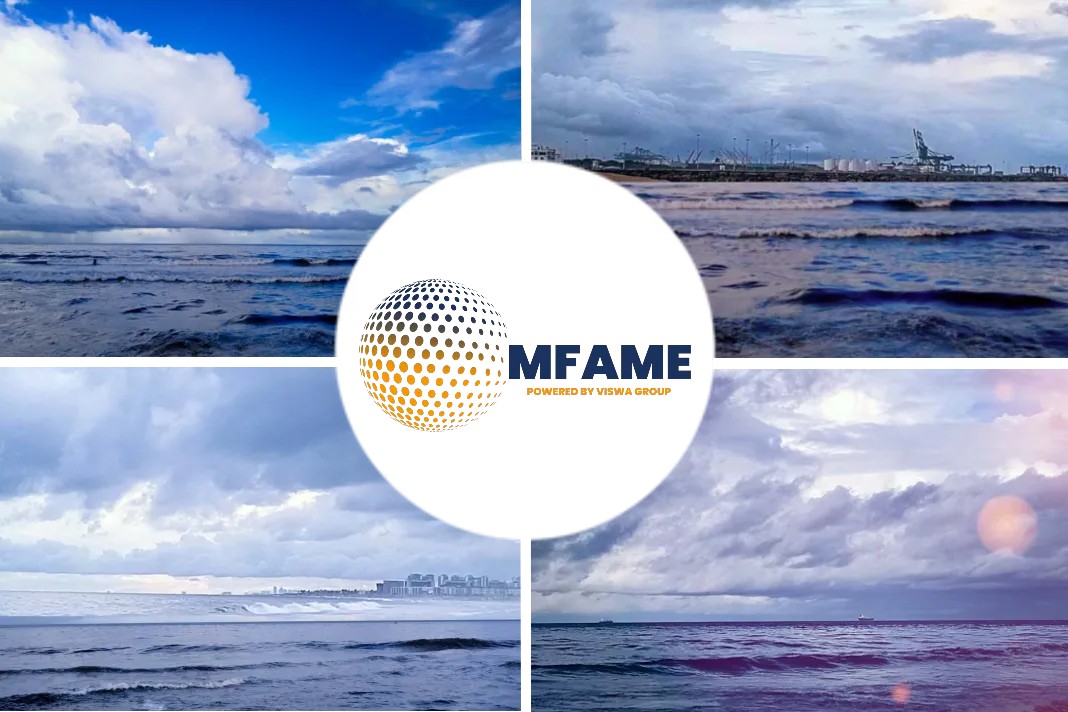- Riviera’s Smart Tug Operations Conference in Singapore kicked off with a session on the IntelliTug with questions on autonomous vessel technology.
- The IntelliTug project is a collaboration between Wärtsilä and Singapore’s PSA Marine and MPA.
- The IntelliTug project is working on an autonomous-capable vessel with a particular level of autonomy that will be achieved and put into operation.
- IntelliTug will learn from an actual operation called machine learning and also be controlled by a tug master when the need arises.
According to an article published in Riviera Maritime Media, Session one at the Smart Tug Operations Conference, 16 September, in Singapore was dedicated to the IntelliTug project.
What is IntelliTug project?
It is a collaboration between Wärtsilä and Singapore’s PSA Marine and Maritime and Port Authority – a practical application of cutting edge technology in the maritime sector that raised big questions.
Discussing whether autonomous technology was ready to replace humans entirely, PSA Marine head (fleet management) Bernard Wong said that while the IntelliTug project is working toward an autonomous-capable vessel, the level of autonomy that will be achieved and put into operation remains to be seen.
Autonomous-capable vessel
Whatever the outcome, he assured the audience that the IntelliTug will be much more than a Tesla car that floats. It can not only go from point A to point B, he said, but can also take on the complexities of assisting much larger vessels in berthing and leaving port.
However, he said the IntelliTug, scheduled to be delivered at the end of 2019, will not replace the tug master. The vessel, according to its promotional materials, is designed to work with humans by enhancing a tug master’s situational awareness.
As examples, it could aid in passage planning by plotting optimized routes, detect objects that could pose a hazard and prevent collisions, and it dynamically maintains safe distances from other vessels. IntelliTug has telescopic cameras as well as thermal cameras that are not affected by visibility considerations, in addition to its radar and dynamic positioning system.
Will it provide return on investment?
As to the question of cost, Mr. Wong said it is up to tug companies to decide for themselves how they want to see the return on investment in such projects. A smart tug may seem forbidding based on its cost, he said, but taking on such advanced technologies helps companies in brand building, creates awareness among staff about new technologies, and can provide further benefits in other areas of a company’s operations.
Wärtsilä strategic innovation manager Luke Morsillo described how his company had acquired various other companies in the recent past to advance its digitalization business and had brought those new abilities to the project.
Focus on automation and digitalization
Mr. Morsillo explained that the project’s focus was on automation as much as on autonomy. He said the entire process of creating the IntelliTug is collaborative and spoke about involving PSA Marine’s tug masters in simulation and building the product with their active inputs on tugboat operation. He saw three stages of product validation: digital testing through simulation, testbed testing that is ongoing, and adoption.
Once adopted, the machine learning features of IntelliTug will learn from actual operation, called machine learning. In spite of its artificial intelligence capabilities, a crucial, defining feature of the IntelliTug is that, at the flick of a switch, the tugmaster can take over control in a smooth and seamless process, Mr. Morsillo said. Ultimately, operations are the tugmaster’s call, he said.
Back to the big questions
Will the smart tug industry attain maturity in five years, 10 years or more than a decade hence? What barriers, commercial attractiveness, risks, workforce planning, and legislative challenges do the vessels face?
From a port’s point of view, Singapore Maritime and Port Authority chief technology officer Kenneth Lim said Singapore port is gearing up for new technologies, generally, in addition to the specific IntelliTug example. While explaining the framework for projects involving advanced technology, though, Mr. Lim warned against allowing the pace of technological change to become too rapid. As a port regulator, Mr. Lim warned the audience how disruptive and unsettling technological change can be.
Transformation roadmap
“If change comes slowly, we have enough time to prepare, train our workforce, and draw up new operating procedures to cope. If change comes too fast, and customer expectations and tender specifications change overnight, then we have a problem on our hands,” he said.
The MPA’s industry transformation roadmap, launched in 2018, seeks to build the port of Singapore’s growth engines: bunkering and ship supplies services, registry, tug operations, and maritime services. But it also takes a cautious approach to try to ensure that technological changes are adopted with proper planning, Mr. Lim said.
Did you subscribe to our daily newsletter?
It’s Free! Click here to Subscribe!
Source: RivieraMaritimeMedia






















